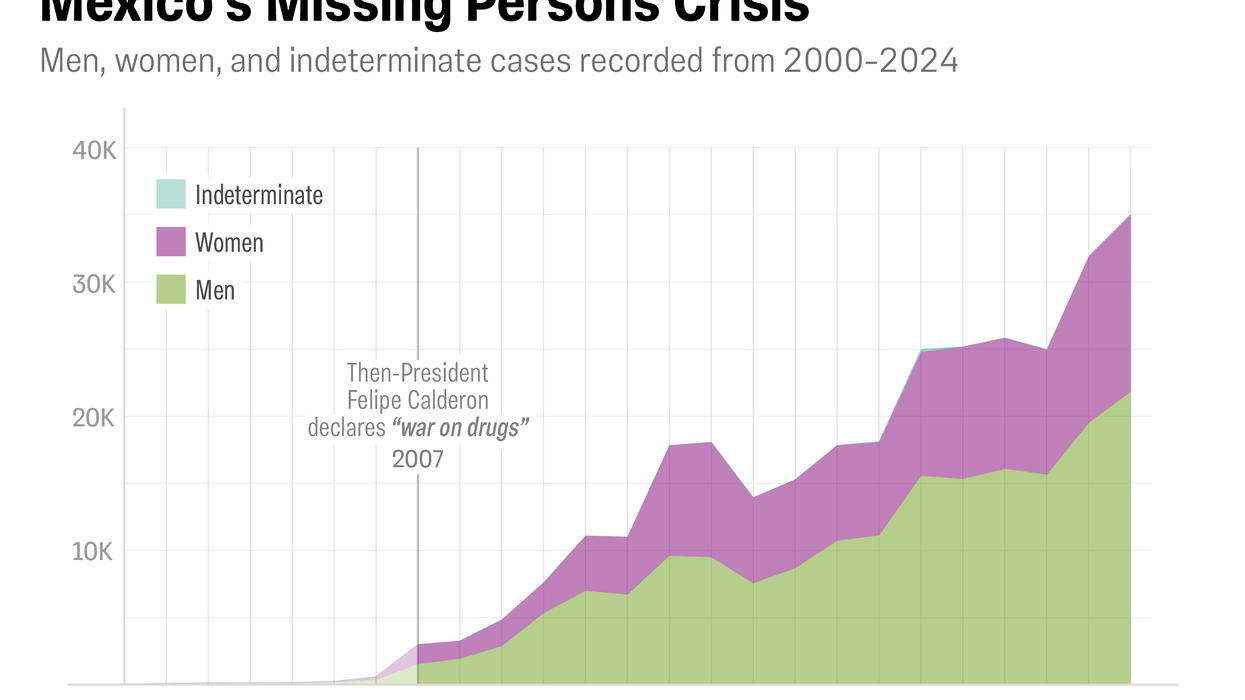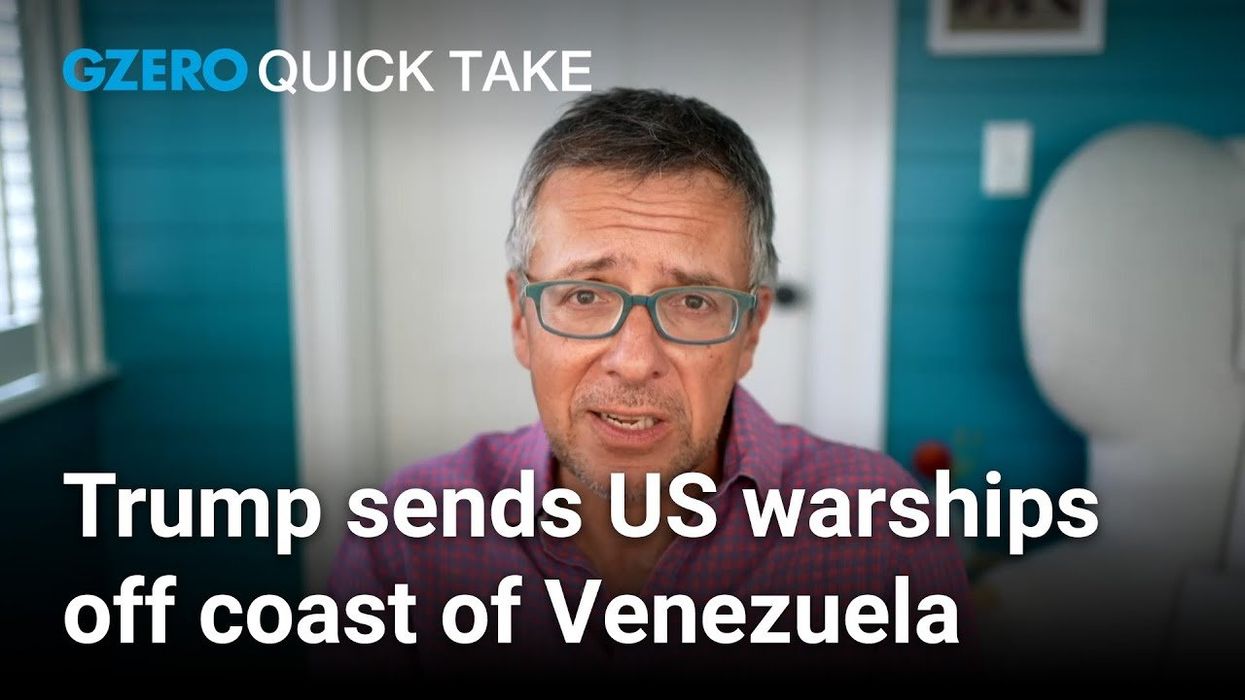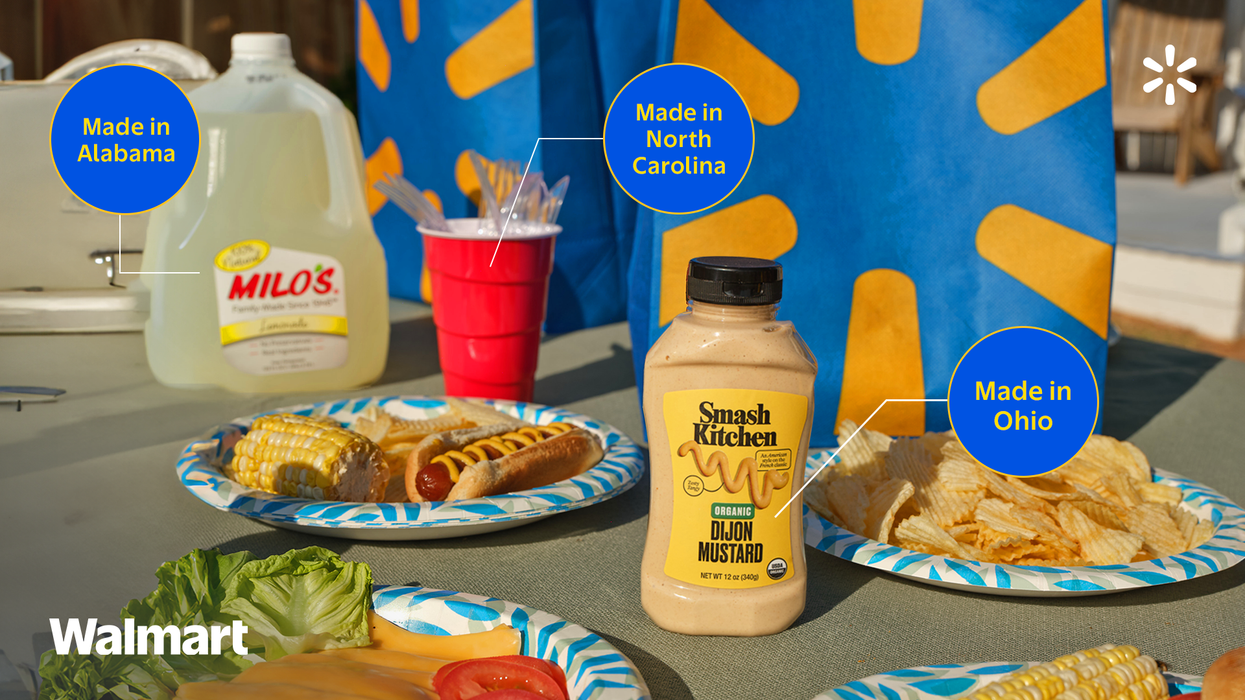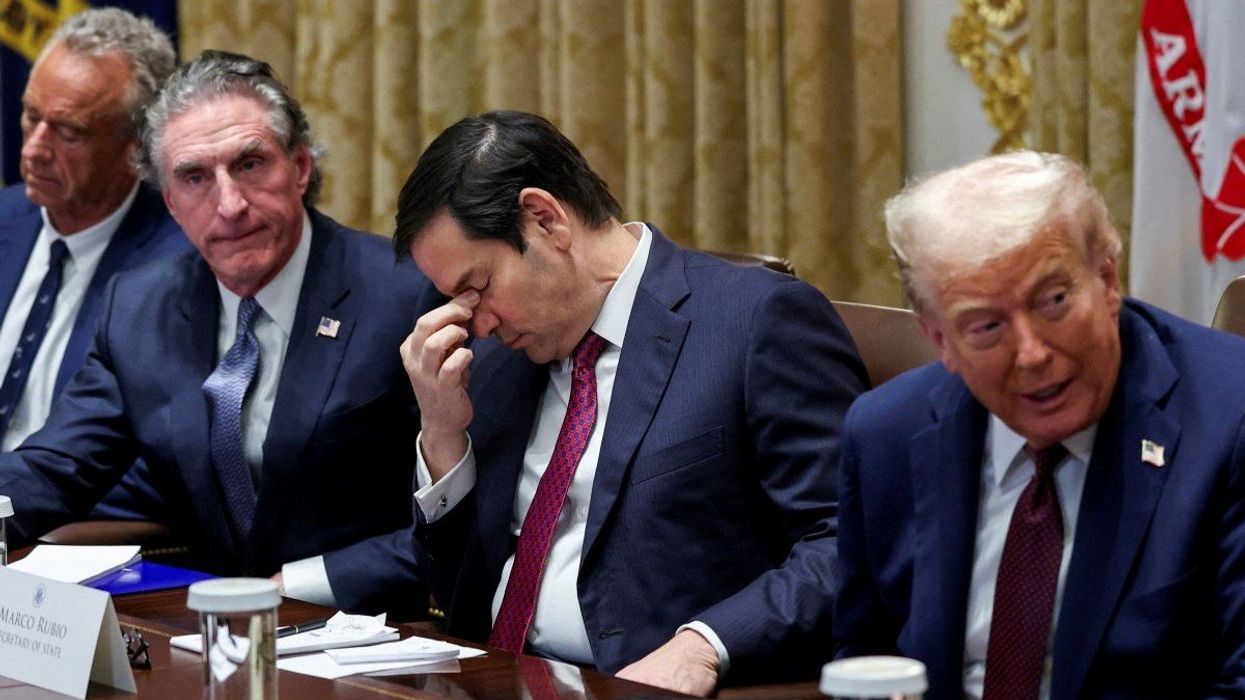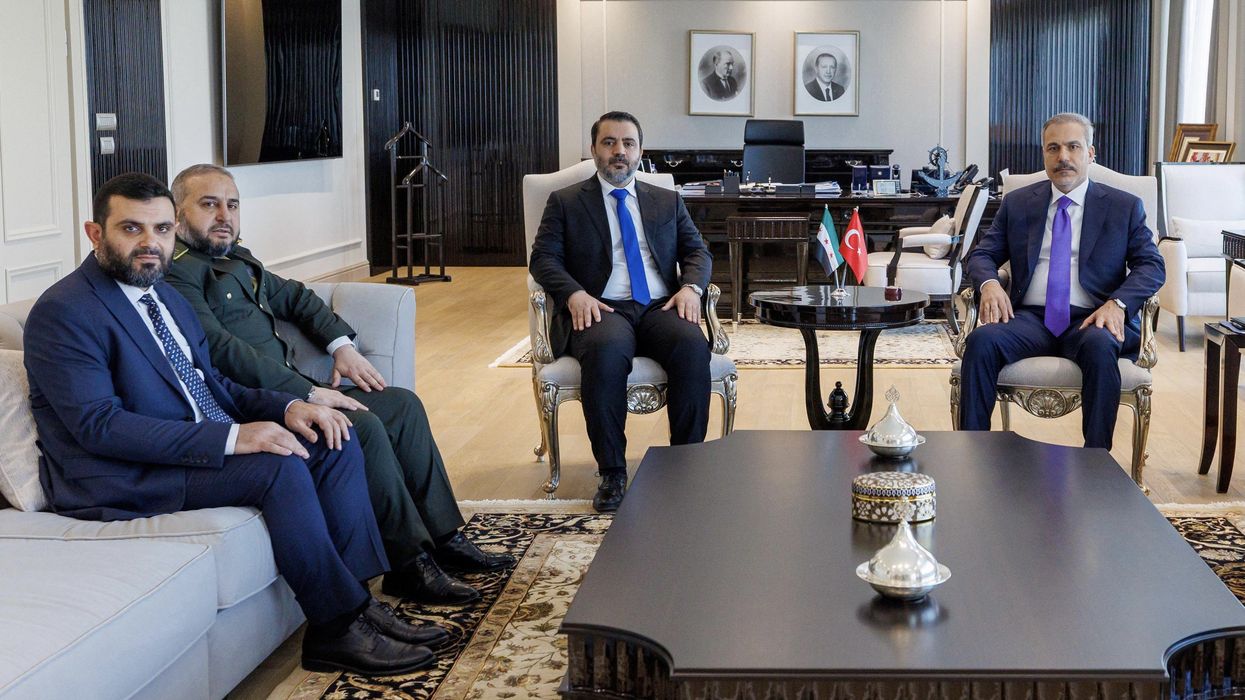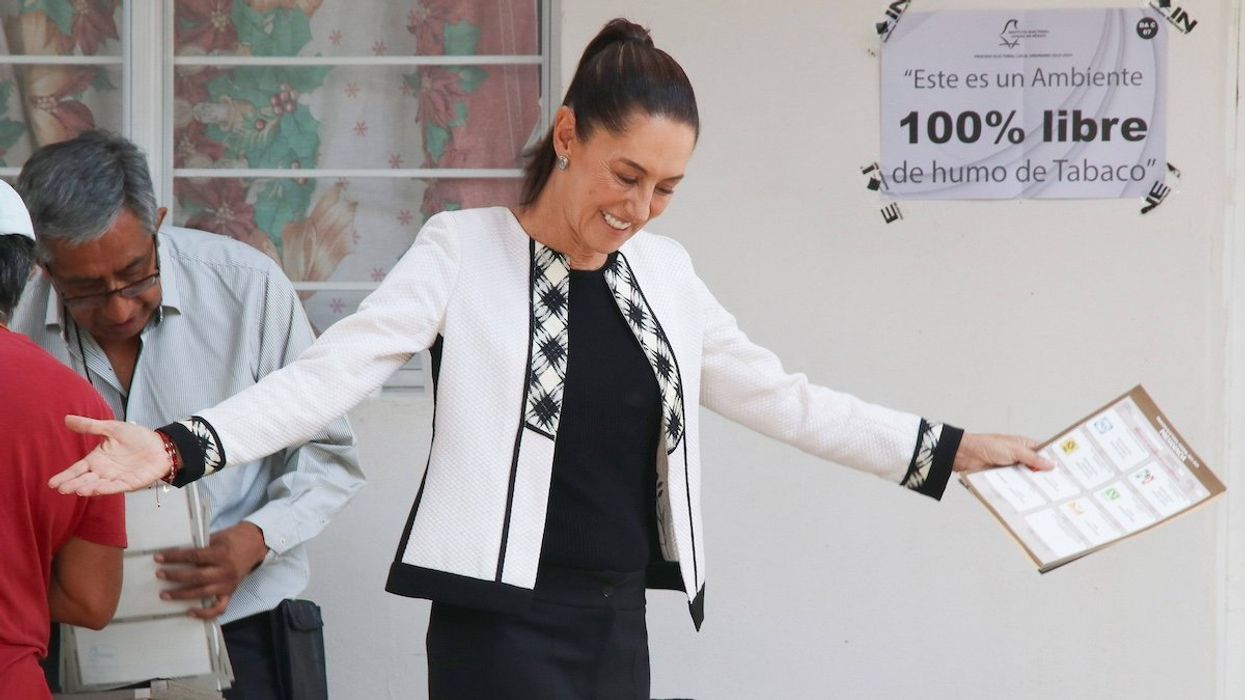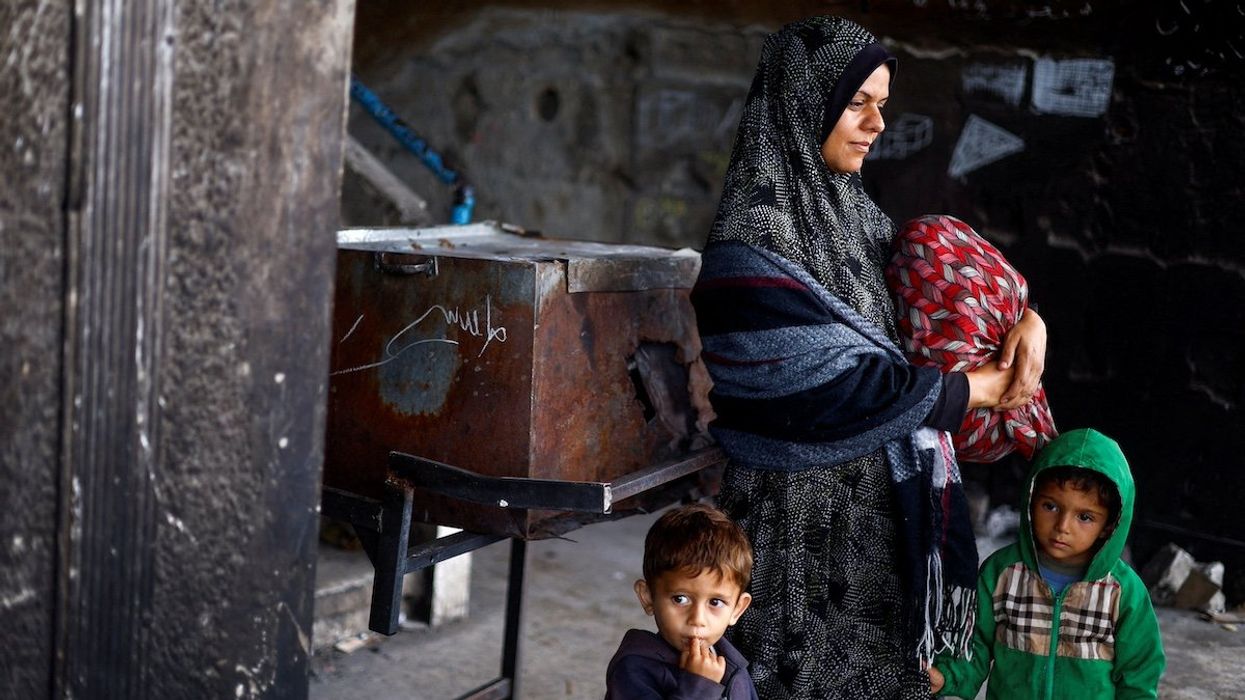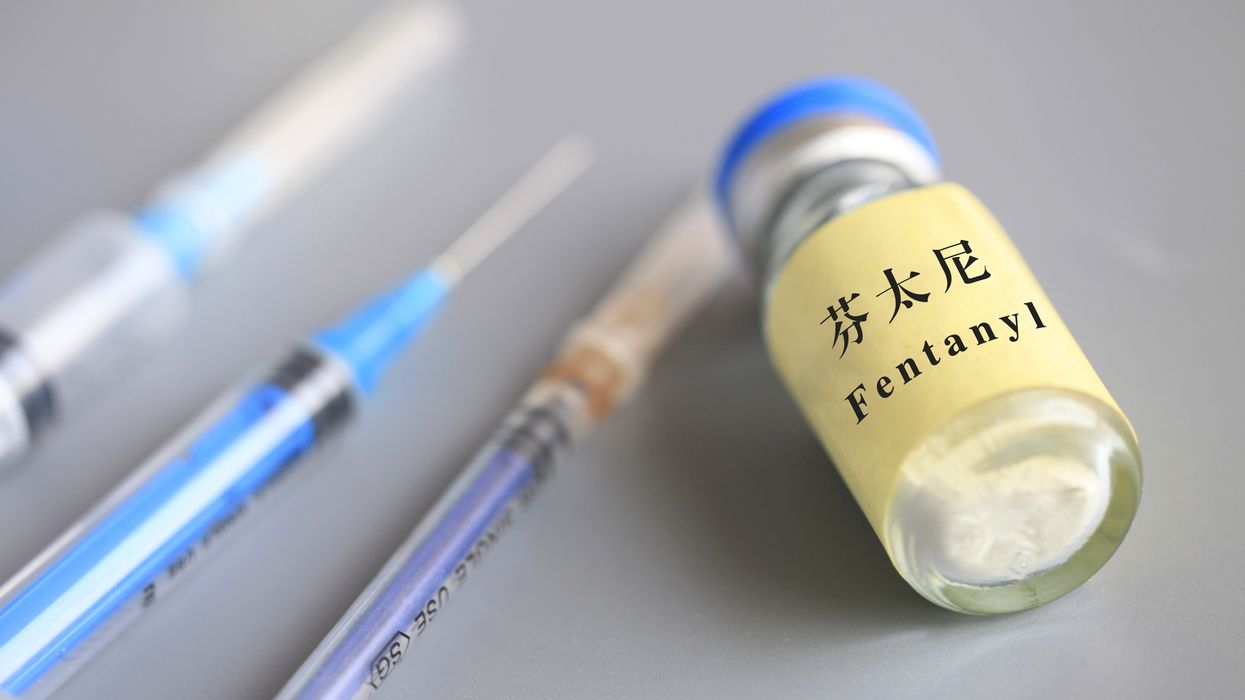Analysis
Mexico’s missing are a growing issue
Last Saturday, thousands of Mexicans marked the International Day of the Disappeared by taking to the streets of the country’s major cities, imploring the government to do more to find an estimated 130,000 missing persons
Sep 04, 2025
